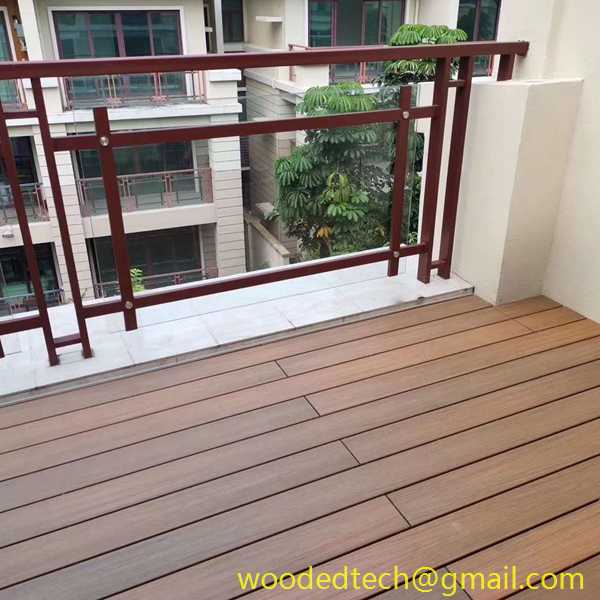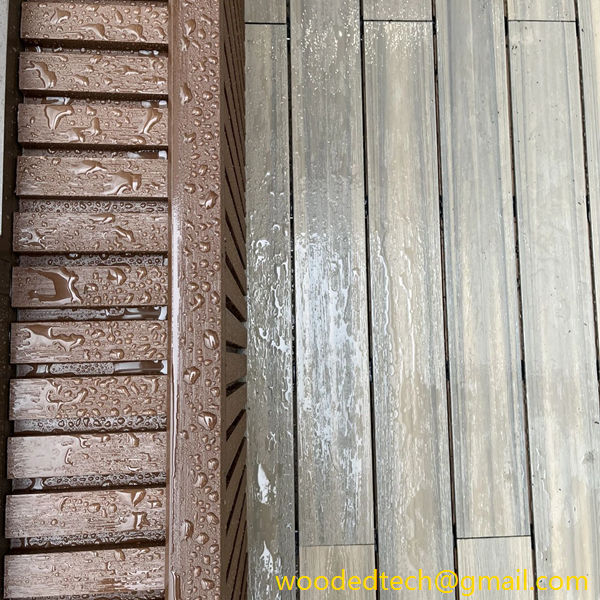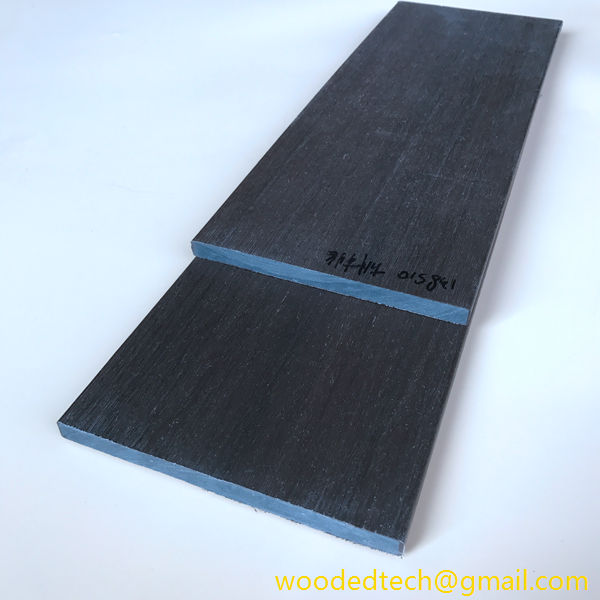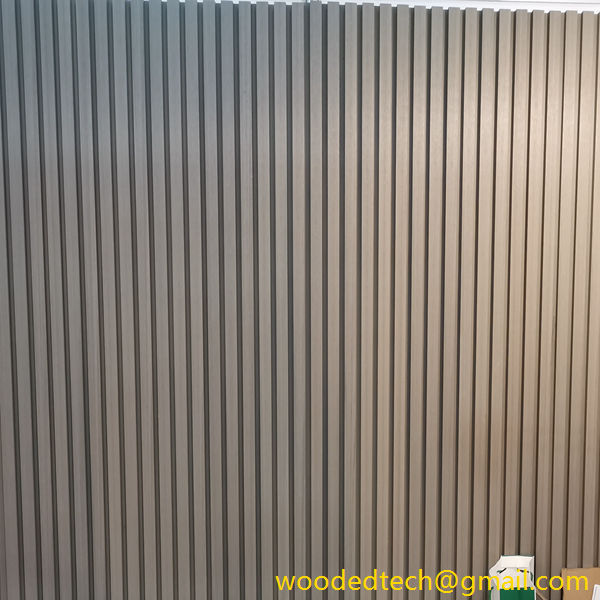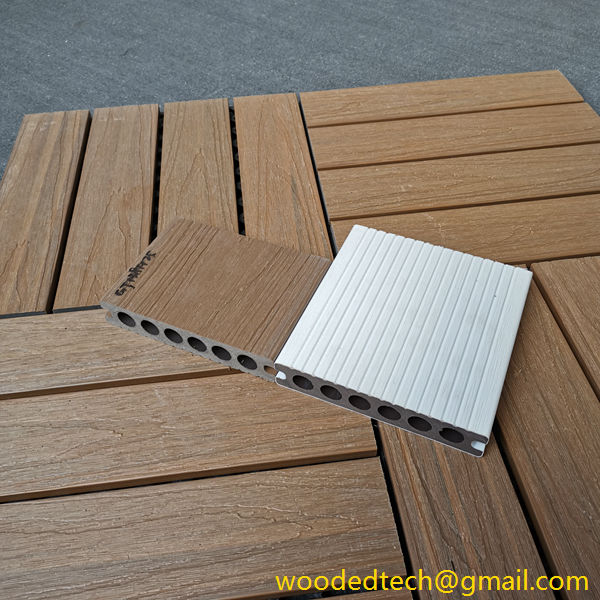Composite panel cladding has emerged as a versatile and innovative solution in the realm of architectural design and construction. This material, made by fusing two or more different materials to create a panel with enhanced properties, has revolutionized the way buildings are enveloped, both in terms of aesthetics and functionality. The global distribution of production capacity and price advantages associated with composite panels are critical factors that contribute to their widespread adoption in various applications.
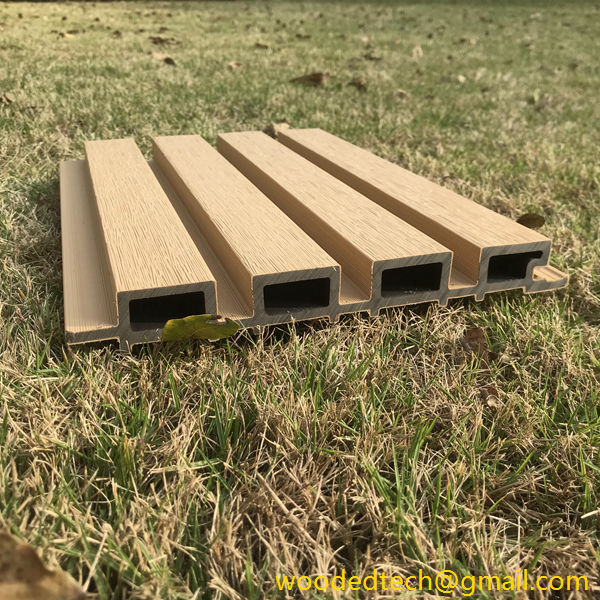
In recent years, the construction industry has witnessed a surge in the use of composite panel cladding due to its lightweight nature, durability, and ease of installation. These panels are typically composed of a non-combustible mineral core sandwiched between two layers of metal or other materials. This design not only provides structural integrity but also offers excellent thermal insulation and weather resistance. As building codes evolve and sustainability becomes a priority, the demand for materials that meet both performance and aesthetic criteria has grown significantly.
One of the key advantages of composite panel cladding is its ability to be customized to meet specific design requirements. With a wide range of colors, textures, and finishes available, architects and designers can create unique facades that enhance the visual appeal of a building. The flexibility of these panels allows for creative applications, from sleek modern skyscrapers to more traditional structures. Furthermore, composite panels can be fabricated into various shapes and sizes, facilitating innovative architectural designs that were previously difficult to achieve with conventional materials.
From a global perspective, the production of composite panels is concentrated in several key regions. Major manufacturing hubs include North America, Europe, and parts of Asia, particularly China. These regions have invested heavily in advanced manufacturing technologies and processes, enabling them to produce high-quality composite panels efficiently. As a result, they are able to meet the growing demand for these materials in both domestic and international markets.
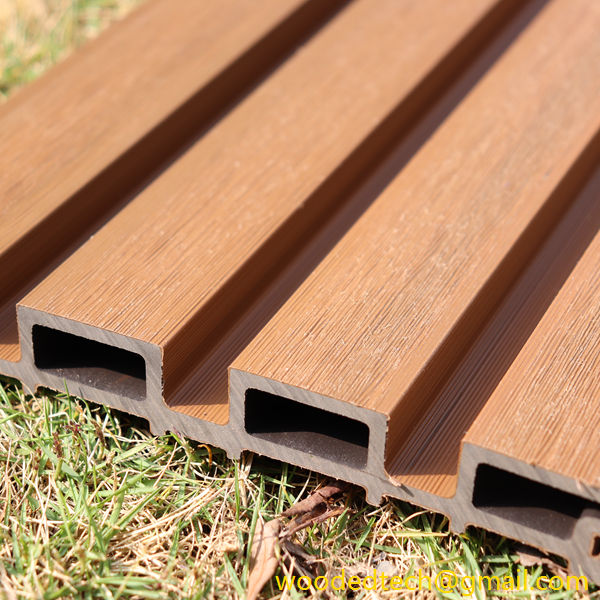
The price advantage of composite panel cladding stems from several factors, including the cost of raw materials, labor, and transportation. In regions where raw materials are abundant, such as Asia, manufacturers can produce composite panels at a lower cost compared to those in areas where materials need to be imported. Additionally, advancements in manufacturing techniques have led to increased production efficiency, further driving down costs. This economic advantage makes composite panels an attractive option for contractors and builders looking to optimize their budgets without compromising on quality.
Another important aspect of the global capacity distribution is the emergence of new manufacturing facilities in developing countries. As these nations work towards urbanization and infrastructure development, the demand for affordable and high-quality building materials is on the rise. The establishment of local production facilities not only reduces transportation costs but also stimulates local economies by creating jobs and fostering industrial growth. Consequently, this trend is expected to enhance the availability of composite panel cladding in various regions, making it more accessible to a broader range of consumers.
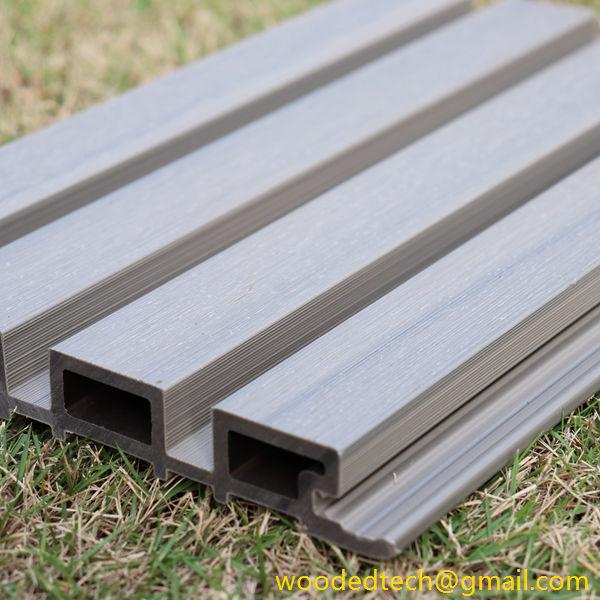
The application of composite panel cladding extends beyond mere aesthetics; it plays a crucial role in enhancing the energy efficiency of buildings. By providing excellent thermal insulation, composite panels help reduce energy consumption and improve the overall sustainability of structures. This is particularly important in the context of global efforts to combat climate change, as the construction industry is a significant contributor to greenhouse gas emissions. Therefore, the integration of composite panels into building designs aligns with the increasing emphasis on sustainable practices and energy-efficient solutions.
In conclusion, composite panel cladding represents a significant advancement in modern architectural design, offering a blend of aesthetic appeal, durability, and energy efficiency. The global production landscape is characterized by a concentration of manufacturing capabilities in key regions, coupled with a favorable price structure that enhances its attractiveness to builders and architects alike. As the demand for sustainable building materials continues to rise, composite panels are poised to play an increasingly important role in shaping the future of construction. Their versatility and performance characteristics make them an ideal choice for a wide range of applications, from commercial buildings to residential projects, ultimately contributing to the evolution of contemporary architecture.

